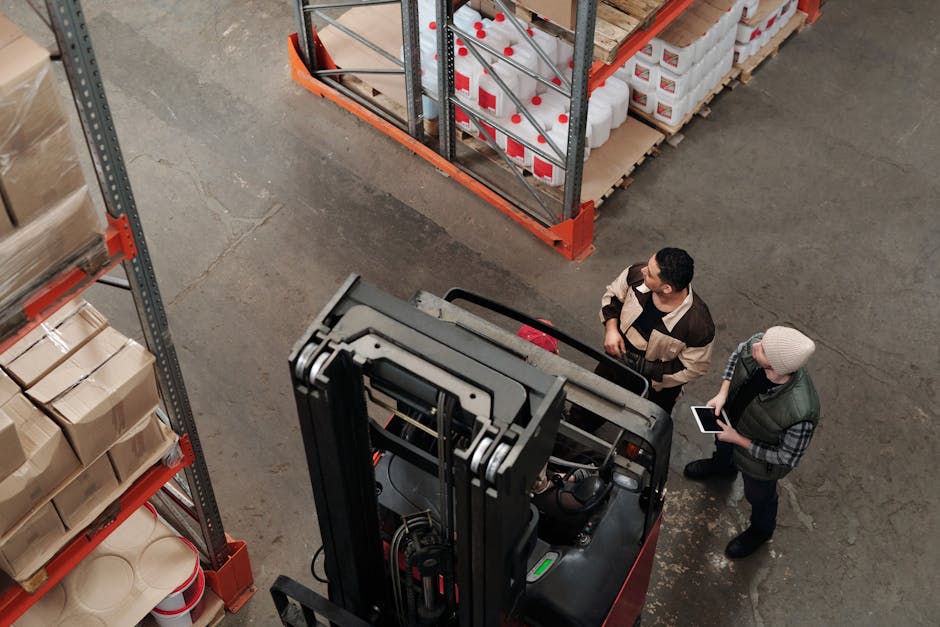Facilities Management Staff Retention Solutions
Understanding the High Cost of Facilities Management Turnover
First, recognizing the true impact of turnover is crucial. Replacing a facilities manager can cost 50-150% of their annual salary. These costs include recruitment fees, training time, and lost productivity. Additionally, constant turnover disrupts team cohesion and institutional knowledge. For example, new employees take months to learn building systems and vendor relationships. This learning curve often leads to decreased service quality and tenant dissatisfaction. Furthermore, the Bureau of Labor Statistics reports high turnover rates in maintenance occupations. Thus, investing in retention solutions for facilities management staff provides significant financial and operational returns.
Competitive Compensation and Benefits Packages
Offering competitive pay is the foundation of any retention strategy. However, compensation extends beyond base salary. Comprehensive benefits packages are equally important. These include health insurance, retirement plans, and paid time off. Moreover, consider industry-specific perks like tool allowances or uniform subsidies. Meanwhile, regularly benchmark your compensation against local market rates. Consequently, you can ensure your offers remain attractive. Additionally, performance-based bonuses incentivize excellence and loyalty. Ultimately, a fair and transparent compensation structure demonstrates that you value your employees’ contributions.
Implementing Strategic Retention Bonuses
Retention bonuses are powerful tools for keeping key staff. These bonuses reward employees for staying with the company for a specified period. For instance, offer a bonus after three or five years of service. This approach encourages long-term commitment. Furthermore, tiered bonus structures can increase in value over time. Therefore, employees have growing incentives to remain with your organization. Additionally, consider spot bonuses for exceptional performance. These immediate rewards boost morale and reinforce positive behaviors.
Career Development and Growth Opportunities
Facilities management professionals seek growth and advancement. Providing clear career paths is essential for retention. Start by creating defined progression routes from technician to manager roles. Then, offer training programs to develop necessary skills. For example, support certifications like CFM or FMP through IFMA. Additionally, cross-training exposes employees to different systems and specialties. This variety keeps work engaging and builds versatile skill sets. Meanwhile, mentorship programs pair less experienced staff with seasoned experts. This knowledge transfer accelerates development and strengthens team bonds.
Fostering a Positive and Inclusive Work Culture
A positive work environment is a cornerstone of employee retention. Culture significantly influences job satisfaction and loyalty. First, promote open communication and transparency. Encourage feedback and act on employee suggestions. This inclusion makes staff feel heard and valued. Next, ensure work-life balance through flexible scheduling where possible. Additionally, prioritize physical safety with proper PPE and protocols. Psychological safety is equally important. Create an environment where employees feel comfortable voicing concerns. According to a Harvard Business Review study, psychological safety boosts team performance and retention.
Building Strong Team Dynamics in FM
Strong team dynamics enhance job satisfaction and reduce turnover. Facilitate team-building activities both on and off-site. These events strengthen relationships and improve collaboration. Additionally, recognize and celebrate team achievements. For instance, highlight successful project completions or safety milestones. Furthermore, encourage cross-departmental collaboration. This interaction broadens perspectives and reinforces everyone’s role in organizational success. Moreover, address conflicts promptly and fairly. A respectful and supportive team environment encourages long-term commitment.
Leveraging Technology for Employee Engagement
Modern technology can significantly improve retention in facilities management. Firstly, implement user-friendly CMMS and IoT systems. These tools streamline workflows and reduce frustration. Secondly, use mobile apps for task management and communication. This accessibility improves efficiency and engagement. Additionally, technology can facilitate remote monitoring capabilities. Consequently, staff can address issues more proactively. Furthermore, invest in training on new technologies. This preparation ensures employees feel confident and competent. Meanwhile, data analytics can identify workflow inefficiencies. Addressing these pain points improves job satisfaction and retention.
Recognition and Reward Systems for FM Staff
Regular recognition is a powerful yet often overlooked retention tool. Employees who feel appreciated are more likely to stay. Implement both formal and informal recognition programs. Formal programs include “Employee of the Month” awards or annual ceremonies. Informal recognition can be as simple as public praise during meetings. Additionally, peer-to-peer recognition programs empower team members to appreciate each other. Furthermore, tie recognition to specific behaviors or achievements. For example, reward safety compliance, energy savings, or tenant compliments. Moreover, ensure recognition is timely and specific. Immediate acknowledgment reinforces positive actions and boosts morale.
Effective Onboarding and Continuous Training
A structured onboarding process sets the stage for long-term retention. Onboarding should extend beyond the first week. Develop a 90-day plan that includes system training, team introductions, and culture immersion. Additionally, assign a buddy or mentor for new hires. This support system helps them acclimate faster. Furthermore, provide continuous training opportunities. Technology and best practices evolve constantly. Regular training keeps skills current and employees engaged. For instance, offer workshops on new building codes or energy management techniques. Moreover, training demonstrates investment in employees’ growth. This commitment fosters loyalty and reduces turnover.
Work-Life Balance and Flexible Scheduling
Facilities management often requires 24/7 coverage, which can strain work-life balance. Offering flexibility is crucial for retention. Consider implementing compressed workweeks or flexible start/end times. Additionally, use rotating schedules for on-call duties to distribute the burden fairly. Furthermore, promote use of vacation time and discourage burnout. Encourage managers to model healthy work-life boundaries. Moreover, explore remote work options for administrative tasks where feasible. According to SHRM, flexibility is a top factor in employee retention. Therefore, accommodating individual needs builds loyalty and job satisfaction.
Measuring and Improving Retention Strategies
Finally, continuously measure the effectiveness of your retention solutions. Track key metrics like turnover rates, tenure, and exit interview data. Regularly survey employees for engagement and satisfaction feedback. Additionally, conduct stay interviews to understand why employees remain. This proactive approach identifies strengths and areas for improvement. Furthermore, benchmark your metrics against industry standards from sources like ASIS International. Moreover, adapt your strategies based on data insights. Retention is an ongoing process that requires regular attention and adjustment.
FAQ: Facilities Management Staff Retention Solutions
What are the most effective retention strategies for facilities management staff?
The most effective retention solutions include competitive compensation, career development programs, positive work culture, recognition systems, work-life balance initiatives, and effective onboarding.
How much does facilities management turnover cost?
Turnover typically costs 50-150% of an employee’s annual salary when accounting for recruitment, training, and lost productivity.
What role does technology play in FM staff retention?
Technology improves retention by streamlining workflows, reducing frustration, enabling proactive maintenance, and providing training opportunities for skill development.
How can I improve work-life balance for facilities management teams?
Implement flexible scheduling, fair rotation of on-call duties, compressed workweeks, and encourage use of vacation time to improve work-life balance.
What are the key metrics for measuring retention success?
Key metrics include turnover rates, average tenure, employee engagement scores, retention rates by department, and reasons for leaving from exit interviews.
Conclusion: Implementing Effective Retention Solutions
In conclusion, retaining facilities management staff requires a comprehensive, multifaceted approach. First, competitive compensation and benefits form the foundation. Second, career development opportunities encourage growth and loyalty. Third, positive work culture and recognition make employees feel valued. Additionally, technology and work-life balance initiatives address modern workforce expectations. Furthermore, continuous measurement ensures your strategies remain effective. Ultimately, investing in retention solutions for facilities management staff yields significant returns through reduced costs, improved performance, and enhanced organizational stability. Finally, contact our HR experts for personalized guidance or explore our resources for more insights. Ready to transform your retention strategy? Book an appointment today!




